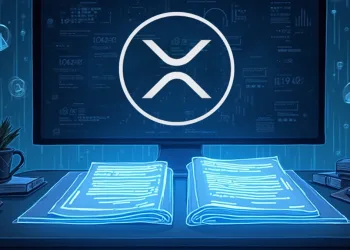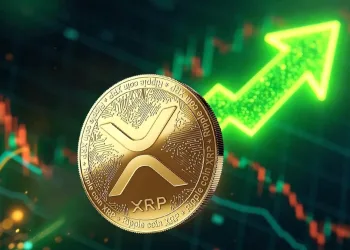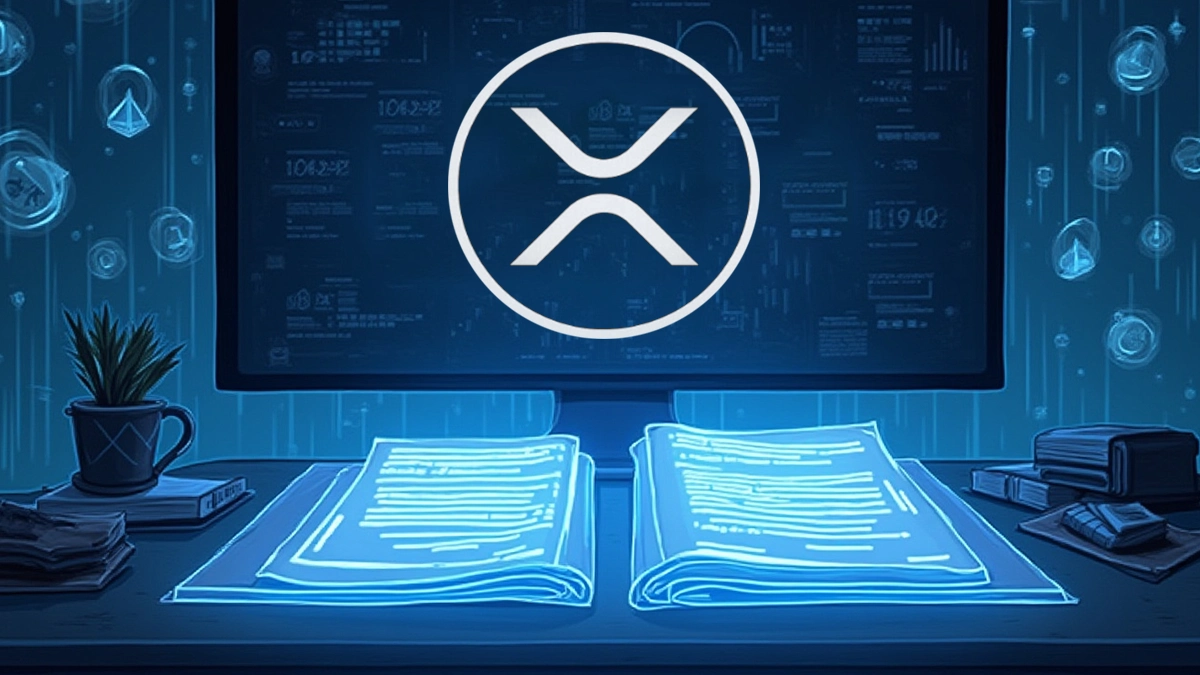- Optimism faces adoption challenges as user participation declines despite steady transaction volumes.
- The decrease in new user addition has no impact on continued user transactions which confirms optimistic network utilization despite lower adoption rates.
- The network sustainability depends on implementing ecosystem incentives along with strategic partnerships to expand the user base.
The Optimism (OP) network is experiencing a notable shift in user activity, with active addresses falling to their lowest levels since 2023. Despite this decline, transaction volumes have remained relatively steady currently 24-hour trading volume at $ 219.83M , suggesting that existing users are still engaged. The recent data reflects both challenges and opportunities within the broader crypto landscape.
Declining Active Addresses Raise Concerns
According to recent data from Into the Block, the number of active addresses on the Optimism network has been steadily decreasing. The current daily active addresses on the Optimism platform have shown substantial reduction since their peak in 2023.
The reduced number of network users indicates fewer people join the platform which raises doubts about future adoption success. Data in the chart demonstrates a noticeable lowering pattern that could result from market perception changes or competition caused by other layer-2 solutions.
Stable Transactions Despite Price Fluctuations
Although active addresses are decreasing, transaction counts have remained relatively high. Users who remain active on the network maintain their transaction consistency even though they reduce in number. Market analysts interpret this as a sign that core users remain engaged, even as the number of new participants declines.
The OP token price, currently at $0.8613, has seen fluctuations within a 24-hour range of $0.8183 to $0.8812. These price movements align with broader market trends, where layer-2 networks face increased volatility amid regulatory and technological shifts.
Optimism Struggles with User Retention
The decline in active addresses challenges current retention and adoption strategies of the system. The fundamental operations of Optimism remain solid but the main obstacle is attracting more users to maintain network expansion. Optimism maintains steady transaction operations that support its current community yet new growth depends on strategic developments which include ecosystem rewards and additional platform connections.
The competition against other layer-2 solutions continues but Optimism demonstrates positive signs through its stable transaction performance during price fluctuations. The success of Optimism for the future depends on its ability to restore user interest while increasing network usage across its ecosystem.














